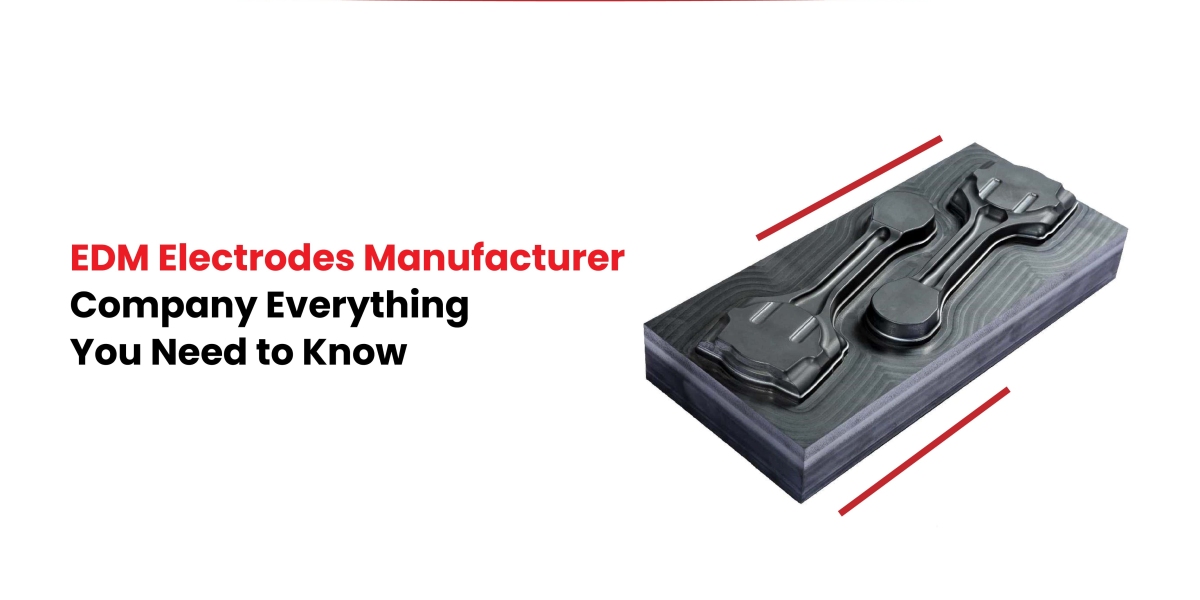The Embedded Die Packaging Technology Market is rapidly emerging as a transformative force in the semiconductor and electronics manufacturing sectors. As electronic devices continue to shrink in size while demanding more power and speed, embedded die packaging has stepped into the spotlight as a solution to meet these performance and integration challenges. By embedding semiconductor dies directly into substrates or packages, this technology offers significant advantages over traditional packaging, including enhanced electrical performance, compact design, and improved thermal management.
Unlike conventional chip-on-board methods, embedded die packaging places the silicon die within the structural layers of the substrate, enabling shorter signal paths, reduced parasitic effects, and better mechanical stability. These improvements are becoming increasingly critical in applications such as wearables, smartphones, medical implants, automotive electronics, and Internet of Things (IoT) devices.
Market Overview
The Embedded Die Packaging Technology Market was valued at USD 102.92 million in 2024 and is projected to expand at a CAGR of 11.90% from 2025 to 2032. The accelerated pace of digitalization, the rise of smart devices, and the global push toward miniaturized, high-density electronics are driving this robust market expansion.
Technological advancements in materials science, photolithography, and 3D integration techniques are also contributing to the adoption of embedded die packaging. This innovation enables manufacturers to create ultra-thin and lightweight devices while maintaining high electrical integrity and thermal efficiency.
Market Drivers
1. Demand for Miniaturization and High-Density Integration
Modern electronics require smaller, lighter, and more energy-efficient designs—particularly in industries like consumer electronics, aerospace, and healthcare. Embedded die packaging eliminates the need for wire bonds and surface-mounted chips, making it ideal for compact system-in-package (SiP) and 3D integrated circuit (IC) designs.
With increasing emphasis on space optimization, particularly in wearables and mobile devices, embedded die technology is positioned to become a foundational architecture in next-generation electronic packaging.
2. Improved Electrical and Thermal Performance
Embedding the die within the substrate significantly reduces signal path lengths and parasitic inductance, resulting in faster signal transmission and lower power consumption. Additionally, the direct integration improves heat dissipation and reduces thermal resistance—critical factors for high-performance computing and power electronics.
This performance boost makes embedded die packaging especially attractive for 5G infrastructure, electric vehicles (EVs), and high-speed memory modules, where thermal reliability and signal integrity are non-negotiable.
3. Rise of Heterogeneous Integration and SiP Solutions
System-in-Package (SiP) configurations that combine different types of components—logic, memory, sensors, RF modules—into a single package are becoming increasingly common. Embedded die packaging supports these heterogeneous architectures by allowing flexible and scalable stacking or side-by-side integration of diverse chips.
This approach simplifies board design, reduces the bill of materials (BOM), and enhances the reliability of multi-chip modules used in high-performance devices and edge computing solutions.
4. Growing Adoption in Automotive and Industrial Electronics
The automotive industry is experiencing a surge in demand for robust, compact, and high-performance electronics for ADAS (Advanced Driver Assistance Systems), EV battery management, infotainment, and sensor control systems. Embedded die packaging offers mechanical robustness and resistance to vibration and thermal cycling, making it a suitable choice for in-vehicle electronics.
Similarly, industrial automation systems—where devices must endure harsh environmental conditions—benefit from the increased reliability and efficiency that embedded die packaging delivers.
Application Segmentation
Consumer Electronics: Smartphones, tablets, wearable devices, AR/VR headsets, and smartwatches that require high-density, ultra-thin designs.
Automotive Electronics: EV inverters, radar modules, onboard computers, and safety systems.
Industrial Equipment: Controllers, sensors, and signal processors operating in thermally challenging environments.
Medical Devices: Pacemakers, hearing aids, and implantable electronics where form factor and reliability are crucial.
Telecommunications: RF front ends and antenna modules for 5G infrastructure.
Defense and Aerospace: Compact and rugged electronics for avionics and satellite systems.
Regional Insights
Asia-Pacific dominates the embedded die packaging technology market due to its strong semiconductor manufacturing base, especially in Taiwan, South Korea, Japan, and China. TSMC and other regional giants are driving innovation and commercialization of embedded die processes for consumer electronics and industrial applications.
North America holds a significant share, led by high R&D investments and a strong presence of defense, aerospace, and high-performance computing industries. Companies in the U.S. are increasingly adopting embedded die packaging to enhance device performance and integration.
Europe is witnessing growing demand for embedded die solutions, particularly in automotive and healthcare segments. Countries like Germany and Austria are home to key players and research institutions focused on advanced packaging techniques.
Latin America and Middle East & Africa are emerging markets, gradually integrating embedded die packaging into localized production for consumer and industrial electronics.
Key Industry Players
The Embedded Die Packaging Technology Market is characterized by a blend of established semiconductor companies and innovative packaging firms that are investing in next-gen integration platforms. Key market participants include:
ASE Technology Holding Co., Ltd. – A global leader in advanced packaging solutions, offering embedded die services for SiP, automotive, and mobile applications.
Amkor Technology, Inc. – Specializes in 3D packaging and embedded die integration, with a focus on improving thermal and electrical performance.
AT&S (Austria Technologie & Systemtechnik AG) – Renowned for its advanced substrate and interposer solutions, supporting the shift to embedded die packaging in Europe and Asia.
Taiwan Semiconductor Manufacturing Company (TSMC) – While primarily a foundry, TSMC is investing in cutting-edge packaging like InFO and CoWoS, and supports embedded die configurations for system-level integration.
TDK Corporation – Offers embedded component and die solutions for power electronics, sensors, and miniaturized modules in automotive and IoT applications.
General Electric – Leverages embedded die techniques for robust industrial and aerospace electronics, focusing on reliability and performance under extreme conditions.
Fujikura Ltd. – Develops substrate technologies and integrated packaging solutions, including embedded die processes for telecom and data center electronics.
These companies are pushing the boundaries of packaging miniaturization, with R&D efforts focused on improving yield, manufacturability, and compatibility with existing production lines.
Challenges and Considerations
Despite its advantages, embedded die packaging faces challenges such as process complexity, lower yield rates compared to traditional methods, and higher upfront development costs. The lack of standardized designs and the need for specialized materials and manufacturing equipment also present barriers to large-scale adoption. However, ongoing research into new substrate materials, design automation, and hybrid packaging methods is expected to mitigate these issues and support market growth.
Browse more Report:
Healthcare Discount Plan Market
Electronic Article Surveillance Market
Chronic Venous Occlusions Treatment Market






